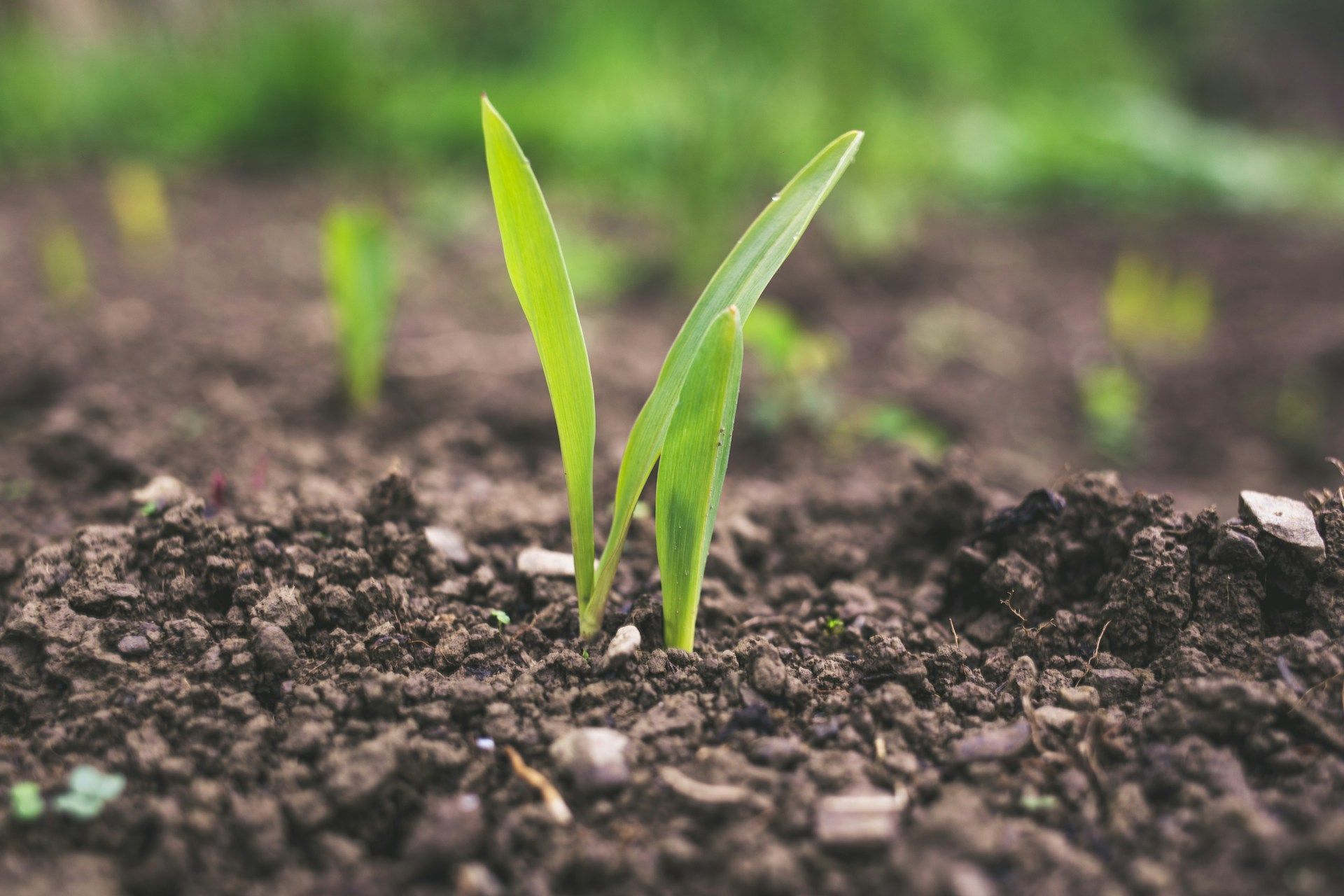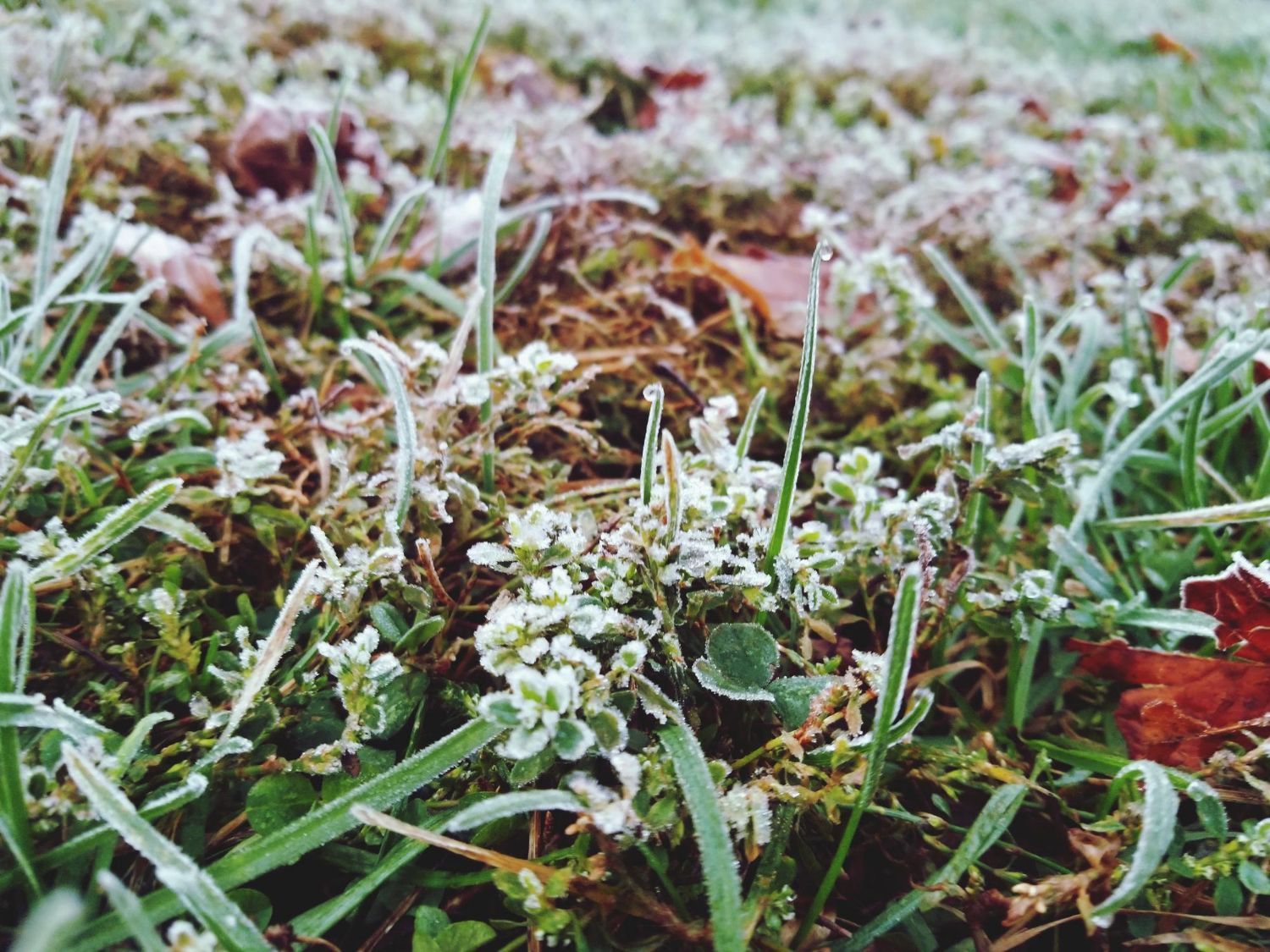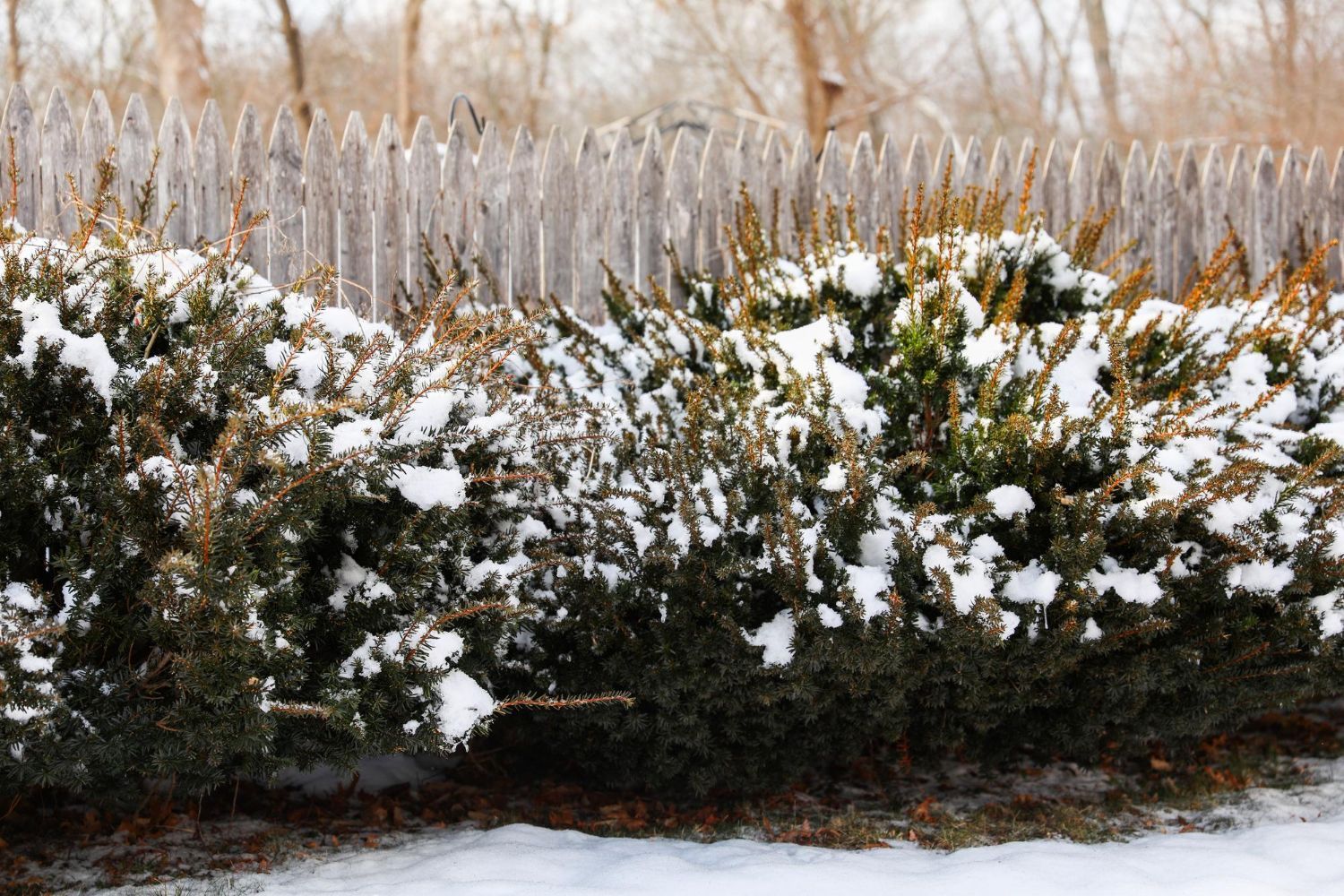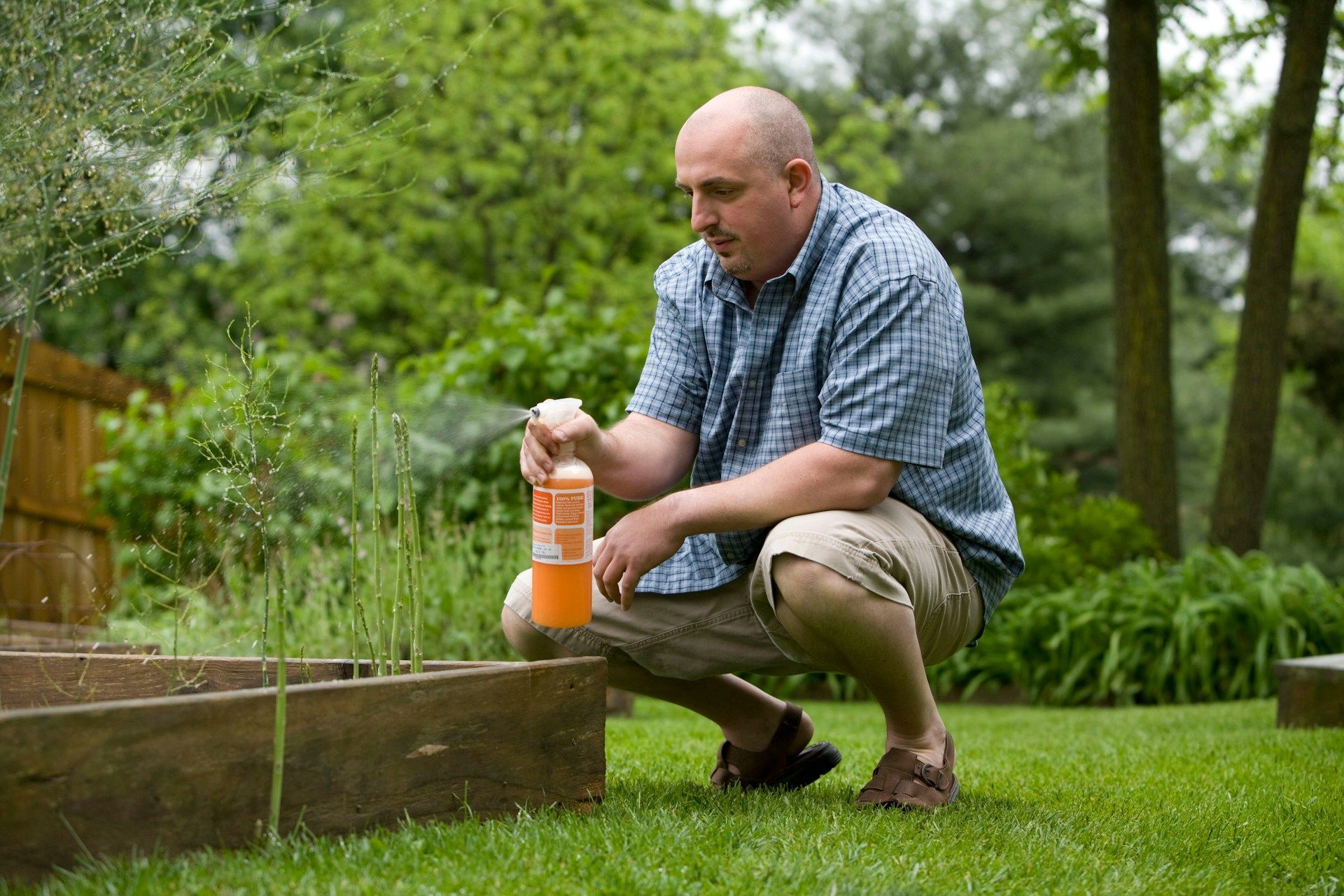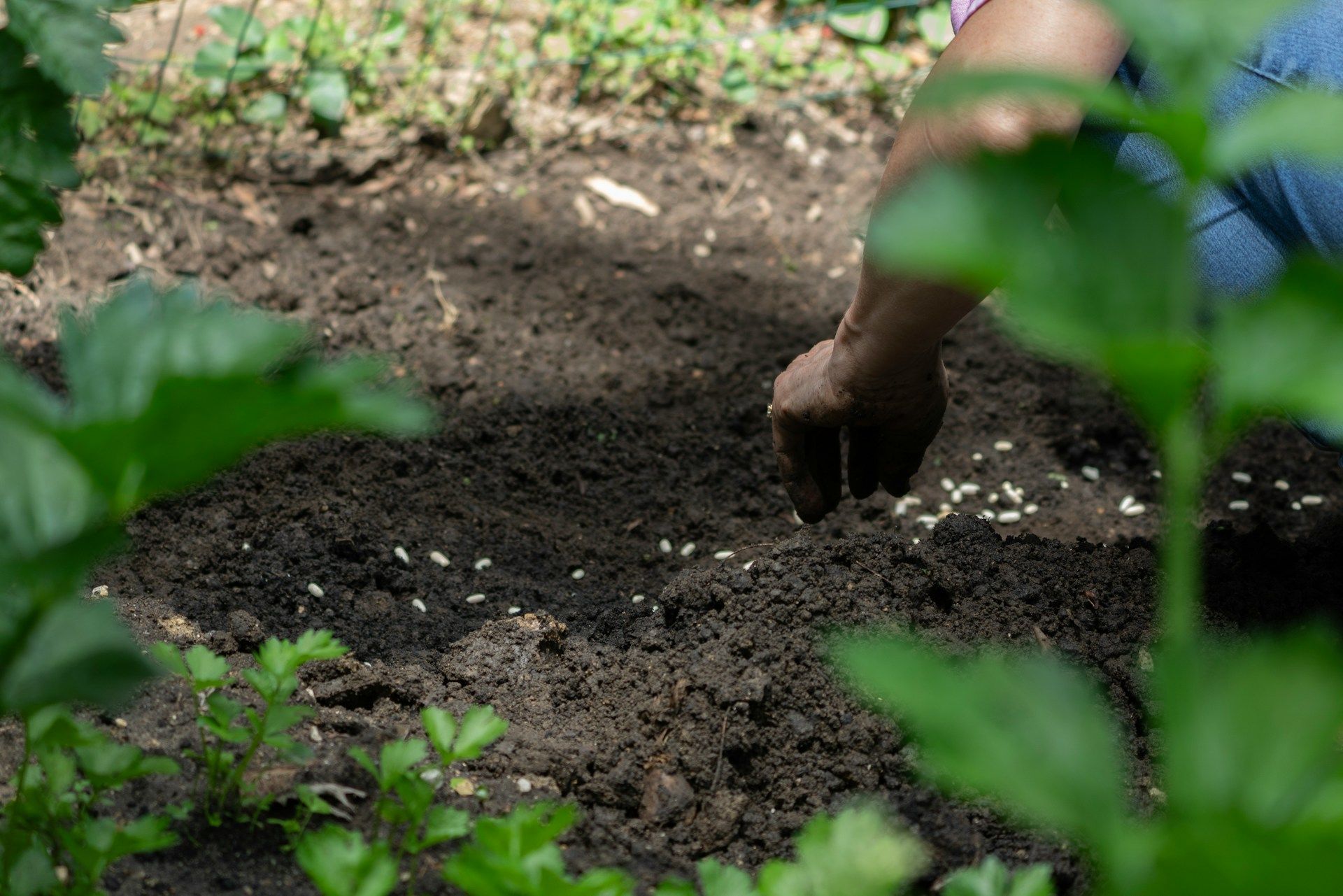What Our Customers Are Saying
Master Your Lawn's Health: Understanding Soil pH and Its Effects
A lush, vibrant lawn is the pride of any homeowner, but achieving and maintaining such a spectacle involves more than just regular watering and mowing. At the heart of lawn care is an understanding of soil chemistry, specifically soil pH – a measure of how acidic or alkaline your soil is. Soil pH plays a crucial role in determining the health and beauty of your lawn, influencing nutrient availability, soil bacteria activity, and overall plant growth.
In this detailed exploration, we delve into why pH matters, how it affects your lawn, and practical steps you can take to manage soil pH for optimum lawn health. With expert insights from Healthy Lawn, learn how you can adjust your soil's acidity to create the perfect foundation for a thriving, eye-catching lawn.
Understanding Soil pH Levels
Soil pH is a numerical scale used to determine the acidity or alkalinity of soil, which can affect nutrient availability and plant health. The pH scale ranges from 0 to 14, with 7 being neutral. Soils with a pH less than 7 are considered acidic, while those with a pH greater than 7 are deemed alkaline. Most lawn grasses thrive in slightly acidic soil, typically between 6.0 and 7.0 on the pH scale.
Acidic soils can cause nutrients like nitrogen, phosphorus, and potassium to become less available to grass, which can hinder growth and lead to a less vibrant lawn. Conversely, alkaline soils can lead to nutrient lock-up, particularly of iron, manganese, and phosphorus, leading to nutrient deficiencies even in well-fertilized lawns.
Testing Soil pH
Before taking any corrective action, it's essential to test your soil's pH. This can be done using a home testing kit or by sending a soil sample to a local agricultural extension service. Home testing kits provide immediate results and are relatively straightforward to use, involving either a chemical dye tester or an electronic pH meter. For more detailed analysis, a sample can be sent to a laboratory, where more comprehensive data on soil composition and specific nutrient levels will also be provided.
Testing should be conducted every one to two years as part of your regular lawn maintenance routine. This regular check-up will help you keep tabs on your soil's condition and make informed decisions about amending the soil for optimal lawn health.
Adjusting Your Soil pH
Once you've determined your soil's pH, adjusting it to the optimal range for your lawn type is your next step. This adjustment is not a one-time fix but an ongoing part of lawn maintenance.
- Lowering Soil pH: If your soil is too alkaline, you can lower the pH by adding elemental sulfur or aluminum sulfate to your soil. These amendments work by releasing sulfate, which converts to sulfuric acid upon soil moisture interaction. The amount required depends on your current pH and the soil type—sandier soils will require less, whereas clay soils will need more.
- Raising Soil pH: Conversely, if your soil is too acidic, you can raise the pH by incorporating lime into the soil. Lime, typically made from ground limestone, contains calcium carbonate, which neutralizes acid in the soil. The type of lime and the amount used depends on the soil’s current acidity and its texture. Again, lighter, sandier soils will require less lime compared to heavier clay soils.
The Impact of Proper pH on Lawn Health
Achieving the correct pH balance in your lawn’s soil is crucial for several reasons:
- Nutrient Availability: Most essential nutrients that grass needs to thrive are readily available in soils with a pH of 6.0 to 7.0. When the pH moves out of this range, certain nutrients can become less available (in acidic soils) or precipitate and become unavailable (in alkaline soils).
- Microbial Activity: Soil microorganisms play a crucial role in organic matter decomposition and nutrient cycling. Most beneficial microbes in your lawn's soil prefer slightly acidic to neutral pH environments. Extremes in pH can inhibit these helpful organisms, reducing their beneficial effects and impacting lawn health.
- Weed and Pest Resistance: A lawn that is growing in its optimal pH range is generally more vigorous and competitive against weeds and more resistant to pests. Maintaining the proper pH helps ensure that your lawn can ward off invaders naturally without over-reliance on herbicides and pesticides.
- Effectiveness of Fertilizers and Herbicides: Many lawn care products, including fertilizers and herbicides, are formulated to work most effectively within specific pH ranges. When your soil’s pH is balanced, these products can work as intended, ensuring better results and more efficient use of resources.
Long-Term Management and Maintenance
Maintaining the right soil pH is an ongoing process that involves regular monitoring and adjustment, integrating good cultural practices with sensible chemical management.
- Regular Testing: As conditions can change, regular testing ensures any long-term shifts in pH are caught and corrected early.
- Incorporate Organic Matter: Adding organic matter such as compost can help buffer soil pH and improve soil structure, making your lawn more resilient.
- Good Watering Practices: Overwatering can leach away crucial nutrients and alter soil pH, particularly in sandy soils. Ensure that your irrigation practices are appropriate for your soil type.
- Use Appropriate Fertilizers: Choose fertilizers that complement your soil’s pH balance. For acid soils, certain fertilizers that are lower in sulfur and higher in lime content may be beneficial, while alkaline soils may require fertilizers with sulfur-coated urea.
Unlock Your Lawn's Full Potential with Healthy Lawn
Managing soil pH is integral to cultivating a lush, robust lawn. By closely monitoring and adjusting the acidity or alkalinity of your soil, you provide your grass with the optimal conditions to absorb nutrients, support beneficial microbial activity, and resist pests and diseases. Achieving this delicate balance might seem daunting, but you can do it with others. Healthy Lawn is your local expert in professional lawn care services, equipped to help you every step of the way.
Take the first step towards a healthier, greener lawn by contacting Healthy Lawn today. Our experienced team will guide you through soil testing, pH adjustment, and ongoing maintenance, ensuring your lawn remains vibrant and thriving. Visit us at Healthy Lawn to schedule a consultation and start transforming your outdoor space now with
expert lawn care.


